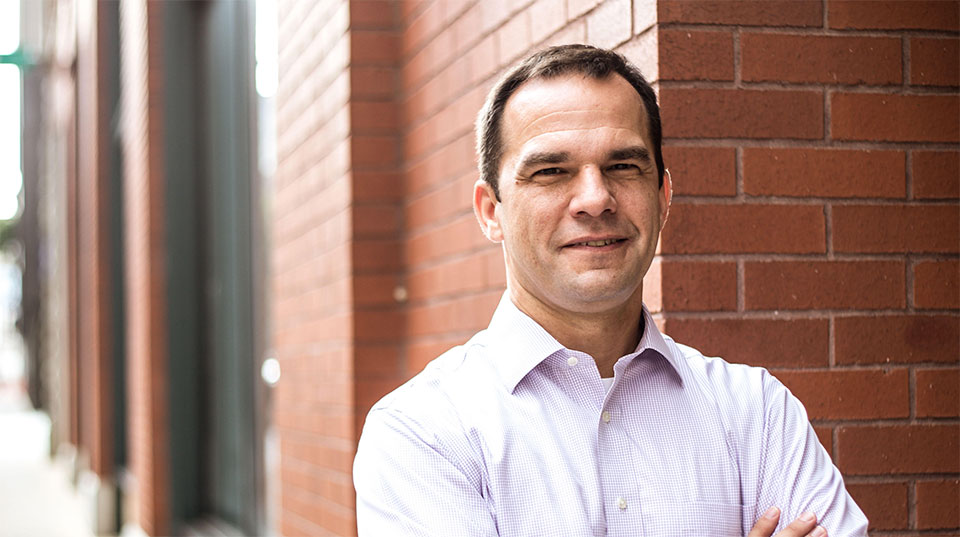Pitching to Investors: 5 Critical Components to Include

Most CEOs pride themselves on being great salespeople. They understand their product or service backwards and forwards, and can convey in a compelling way how it will benefit the customer. So, it’s natural for a CEO to think that their salesmanship ability will translate to pitching to private equity investors to attract new capital. Unfortunately, it’s not always that simple.
There are a lot of businesses seeking capital — especially startups. More than 9 out of 10 startups fail, and 16% cite financial problems as the reason, per a recent report from Failory. However, failure is not limited to startups. In fact, 70% of companies fail at the end of the 10th year, according to data from the Bureau of Labor Statistics’ Business Employment Dynamics.
So how do you break through the competition and get your message to resonate with potential private equity investors? It requires more than a great pitch deck.
The first step is to understand the mindset of private equity investors. Their main concern is that they get their money back, with a return, after the business owner has used it toward building or improving their business. They’re not looking to invest just because they like the business owner or the company, and they can find it frustrating if they think a CEO is hoping to earn money based on goodwill or an interesting idea alone.
It’s vital to convey that you will be able to make their money back — and you need to demonstrate that with more than words. If you have the opportunity to pitch potential investors, think about how you can best answer this question: “Why should I believe that this company will make me money?” A strong pitch involves multiple elements to help investors trust that you will do what you say.
5 Components Needed When Pitching to Investors
- Know your vision.
Your investor pitch will need to explain your company as it is now and paint a clear picture of where it is going. Investors will want to hear about what your company does, how the business earns revenue and how it differentiates itself from competitors. They also want to understand what innovations and developments are to come and how those changes would result in additional profits.
It’s OK to show your passion as you discuss your company and vision — your excitement could help you stand out as a worthy investment. However, don’t belabor the point or spout out unrealistic ideas. Practice what you will present enough times so that you can clearly, persuasively and succinctly outline your goals for the future. - Back it up with specifics.
Investors want to know that you have planned things out. Bring in detailed financial projections that show the path of how you will earn money, where it will be used and how they will make their investment back with a profit. It’s better to lean toward conservative numbers rather than improbably high projections. It may be worth working with an outside consultant who can help you cast your financials in a way that presents them favorably but honestly. - Explain what failure looks like.
As much as you believe in your vision and have the numbers to back up your business plan, there is still a possibility that things won’t work out. There’s no need to sugarcoat that for investors. Instead, define what failure means. Be prepared to discuss the risks inherent to your business plan and what steps are being taken to mitigate them. Outline the threshold for success, and explain the impact on investors if that threshold is not met. They will want to know if they still might receive any part of their investment back. - Have an expected timeline.
When talking to investors, be able to outline the timeframe for them to see a return on their investment. They will understand that it may not be an exact date, but they need to know that you have thought it through. For example, it may be marked by a planned event, such as selling the company or creating an IPO. Or perhaps a new product will be launched and sold. Whatever the case, be as concrete as possible regarding the steps involved with an expected completion date. As with the financials, there is a line to walk — if it’s too quick of a return on their investment, they may not believe you. If it takes too long, they may not want to go forward. - Show your investors why they should believe you.
CEOs should present their requests for capital in an honest, trustworthy way. For one, it’s the right thing to do. Plus, investors need to believe you when you say they will earn money on their investment. If you were trying to get a bank loan, you would show your previous loan history or put up your house as collateral. Those are reasons for the bank to believe you. When pitching to investors, the evidence may be in historical financials or because of the pedigrees of the company’s leadership. Plus, you can show credibility with a strong plan, a sound financial analysis, genuine enthusiasm and a well-thought-out pitch. The pieces work together to help you establish trust and build a relationship with your investors.
There were 804,398 businesses started in the last year, which Statista notes was an increase from the year before. Private equity investors choose which ones of those to invest in based on potential profits. By showing that you understand their mindset and are thoughtfully addressing their concerns, they will be more interested in and at ease with your new venture. It’s the difference between selling a whole company versus selling a specific product or service. That is a new way of thinking for CEOs — but it can result in a good payoff for both the business and its investors.
Commentary by Frank Williamson. Here’s what you’ve missed?
Best Hospitality And Hotel Management Schools In The World For 2021.
Best Fashion Schools In The World For 2021.
Best Business Schools In The World For 2021.
Best Medical Schools In The World For 2021.
Follow CEOWORLD magazine on Facebook, Twitter, Instagram, and LinkedIn.
Bring the best of the CEOWORLD magazine's global journalism to audiences in the United States and around the world. - Add CEOWORLD magazine to your Google News feed.
Follow CEOWORLD magazine headlines on: Google News, LinkedIn, Twitter, and Facebook.
Copyright 2025 The CEOWORLD magazine. All rights reserved. This material (and any extract from it) must not be copied, redistributed or placed on any website, without CEOWORLD magazine' prior written consent. For media queries, please contact: info@ceoworld.biz








